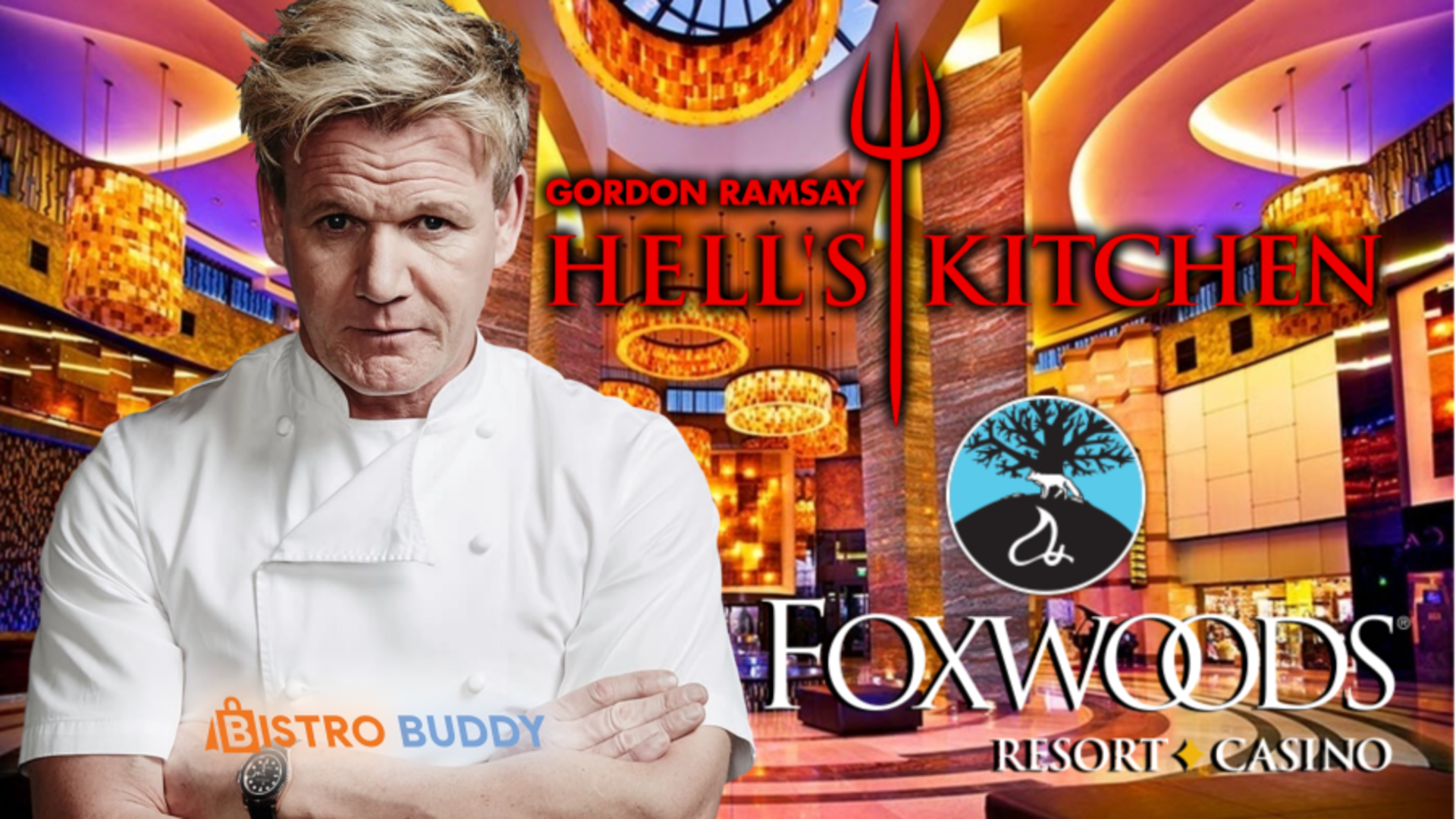Culinary Exploration of Hell’s Kitchen

Hell’s Kitchen is a culinary wonderland, a melting pot of flavors and cuisines from around the world. This vibrant neighborhood is home to a diverse range of renowned restaurants, from Michelin-starred establishments to cozy neighborhood joints.
The impact of celebrity chefs on Hell’s Kitchen’s culinary reputation cannot be overstated. Chefs like Gordon Ramsay, Jean-Georges Vongerichten, and David Chang have established their flagship restaurants in the neighborhood, attracting diners from far and wide. Their presence has not only elevated the culinary scene but also fostered a competitive and innovative environment among local chefs.
Historical and Cultural Heritage of Hell’s Kitchen

Hell’s Kitchen, a neighborhood in Midtown Manhattan, New York City, has undergone a remarkable transformation from its industrial past to its current vibrant and sought-after neighborhood. Once known as “San Juan Hill” and home to slaughterhouses, tanneries, and factories, Hell’s Kitchen emerged as a predominantly Irish and German working-class neighborhood in the late 19th and early 20th centuries.
The neighborhood’s cultural significance stems from its rich history and contributions to the arts, theater, and entertainment. It was a hub for Irish and German immigrants, who brought their cultural traditions and customs to the area. Hell’s Kitchen became known for its lively nightlife, music venues, and theaters, and was a popular destination for entertainment and leisure.
In recent decades, Hell’s Kitchen has undergone significant gentrification and revitalization, attracting a diverse population of artists, professionals, and young families. The neighborhood has retained its unique character and charm, with many historic buildings and landmarks still standing. Preservation efforts and initiatives have been undertaken to maintain the neighborhood’s architectural and cultural heritage, ensuring that its rich history continues to be celebrated and appreciated.
Cultural Contributions
Hell’s Kitchen has made significant contributions to the arts, theater, and entertainment. The neighborhood was home to many Irish and German theaters, which showcased vaudeville, burlesque, and other forms of popular entertainment. It was also a hub for jazz and blues music, with numerous clubs and venues hosting legendary performers such as Louis Armstrong, Duke Ellington, and Billie Holiday.
Today, Hell’s Kitchen continues to be a vibrant cultural center, with numerous theaters, art galleries, and music venues. The neighborhood is home to the Tony Award-winning Second Stage Theater, the Irish Repertory Theatre, and the Intrepid Sea, Air & Space Museum. It also hosts the annual Hell’s Kitchen Flea Market, a popular destination for art, antiques, and vintage finds.
Preservation Efforts
Recognizing the importance of preserving Hell’s Kitchen’s unique character and heritage, several preservation efforts and initiatives have been undertaken. The neighborhood is home to several historic districts, including the Hell’s Kitchen Historic District and the Clinton Special Historic District. These districts protect historically significant buildings and landmarks, ensuring that the neighborhood’s architectural heritage is preserved.
In addition, community organizations and advocacy groups have worked to preserve the neighborhood’s cultural identity. The Hell’s Kitchen Neighborhood Association and the Irish American Historical Society have played a vital role in documenting and celebrating the neighborhood’s history and traditions. Through their efforts, Hell’s Kitchen’s rich heritage continues to be celebrated and passed on to future generations.
Neighborhood Dynamics and Transformation: Hell’s Kitchen

Hell’s Kitchen has undergone significant demographic and economic shifts in recent decades. Once a predominantly working-class Irish and Italian neighborhood, it is now home to a diverse population of professionals, artists, and students. This transformation has been driven by several factors, including the neighborhood’s proximity to Midtown Manhattan, the expansion of the theater district, and the construction of new luxury housing developments.
The challenges facing Hell’s Kitchen are largely related to the rapid pace of gentrification. The rising cost of housing has made it difficult for many longtime residents to stay in the neighborhood. There is also a concern that the influx of new residents will lead to the displacement of small businesses and cultural institutions that have long been part of the community.
Despite these challenges, Hell’s Kitchen remains a vibrant and diverse neighborhood with a strong sense of community. A number of organizations are working to address the challenges facing the neighborhood, including the Hell’s Kitchen Neighborhood Association, the Clinton Housing Development Corporation, and the West Side Community Garden. These organizations are working to provide affordable housing, support local businesses, and promote community development.
Housing, Hell’s kitchen
The housing market in Hell’s Kitchen is highly competitive, with prices rising rapidly in recent years. The median sale price for a one-bedroom apartment in Hell’s Kitchen is now over $1 million. This has made it difficult for many longtime residents to stay in the neighborhood.
The Hell’s Kitchen Neighborhood Association is working to address the issue of affordable housing by advocating for the construction of more affordable housing units. The association is also working to protect tenants from displacement by providing legal assistance and organizing community protests.
Transportation
Hell’s Kitchen is well-served by public transportation, with several subway lines and bus routes running through the neighborhood. However, traffic congestion can be a problem, especially during rush hour.
The city is working to improve transportation in Hell’s Kitchen by adding new bike lanes and pedestrian crossings. The city is also studying the feasibility of extending the 7 subway line into the neighborhood.
Community Development
Hell’s Kitchen is home to a number of community organizations that are working to improve the neighborhood. These organizations provide a variety of services, including affordable housing, job training, and after-school programs.
The Hell’s Kitchen Neighborhood Association is one of the most active community organizations in the neighborhood. The association works to advocate for the needs of residents and businesses, and to promote community development. The association also organizes a number of events throughout the year, including the Hell’s Kitchen Flea Market and the Hell’s Kitchen Food Festival.
